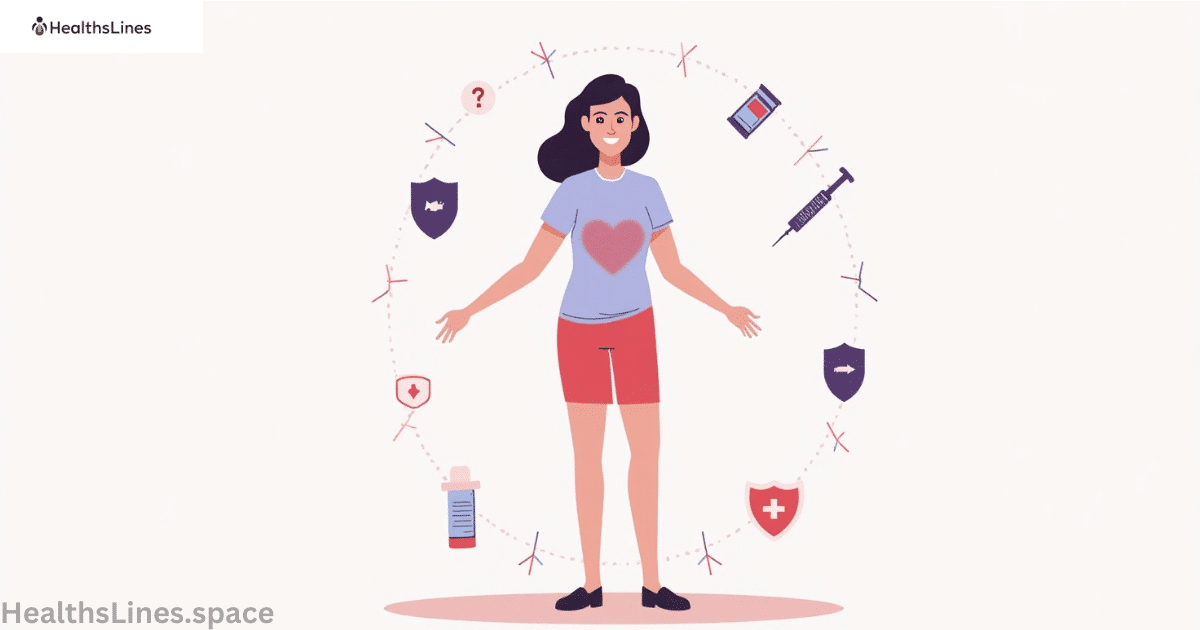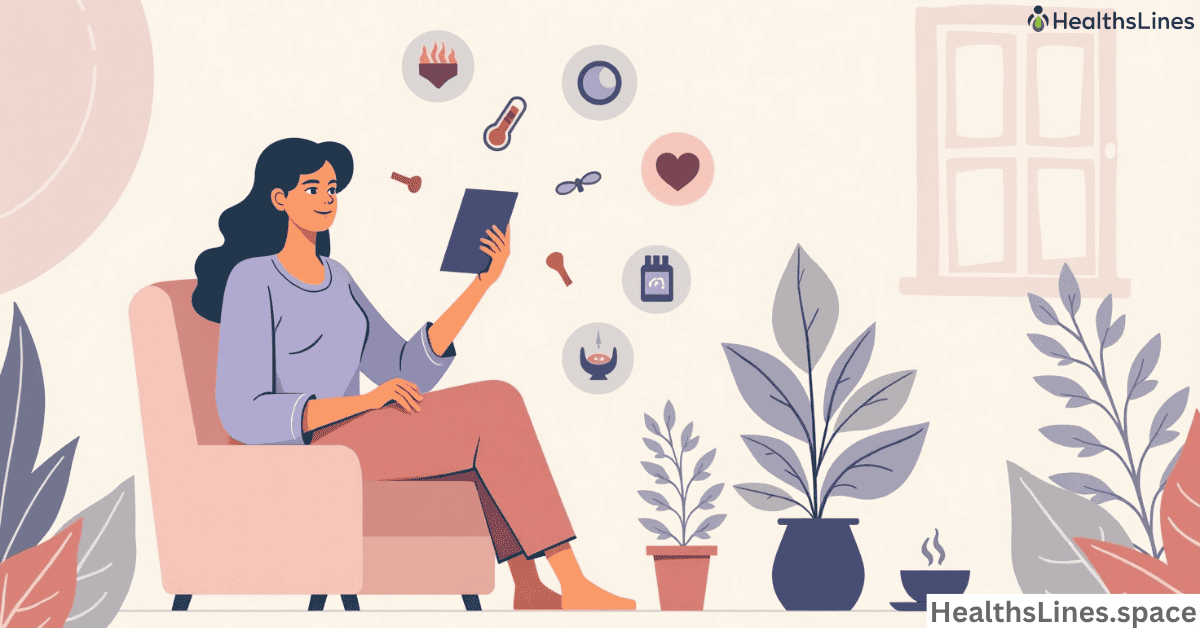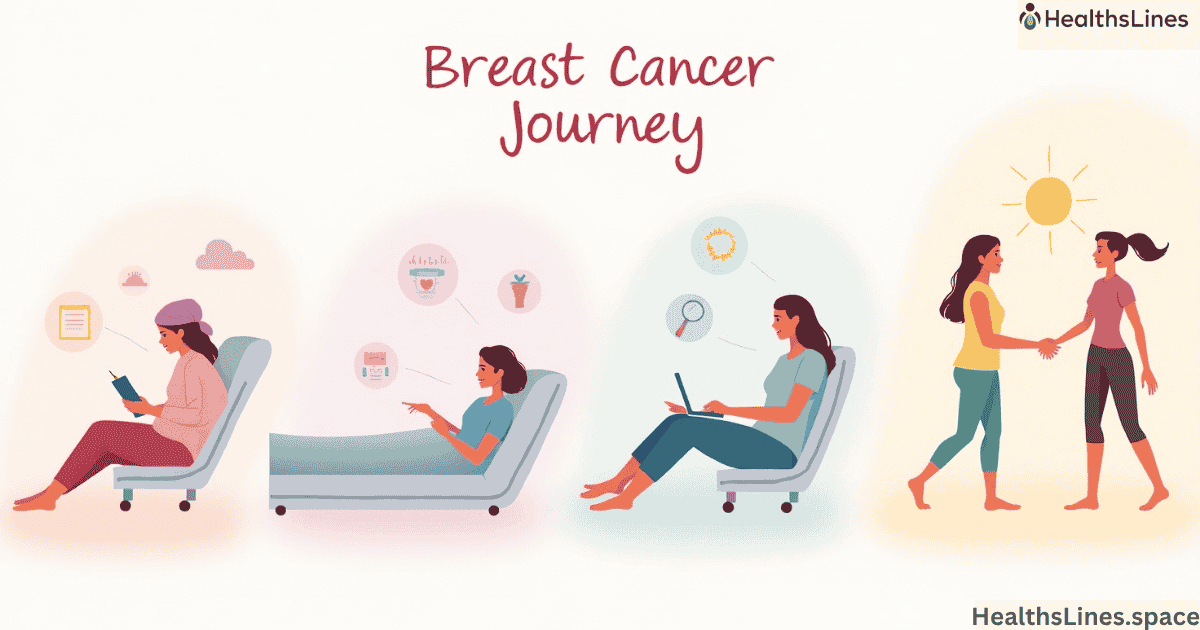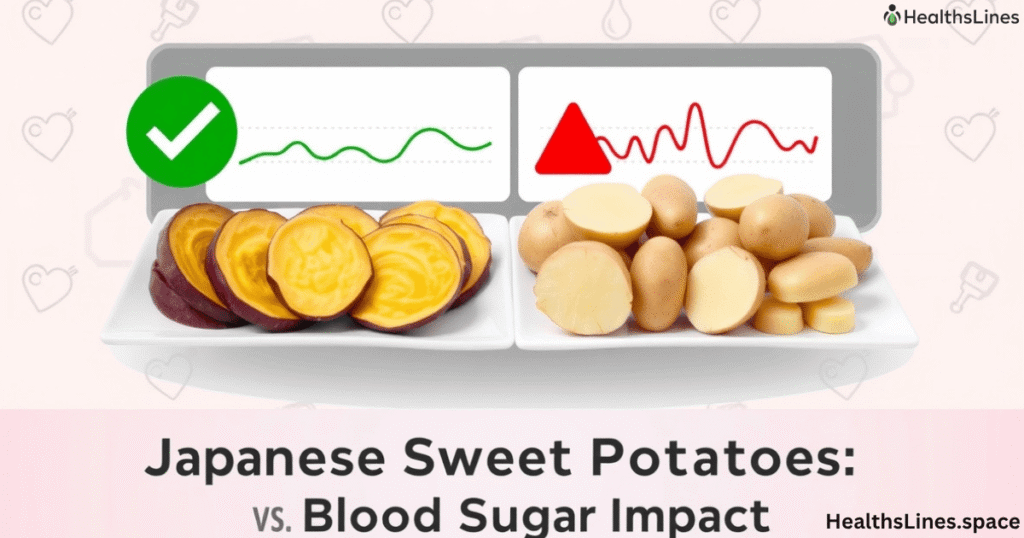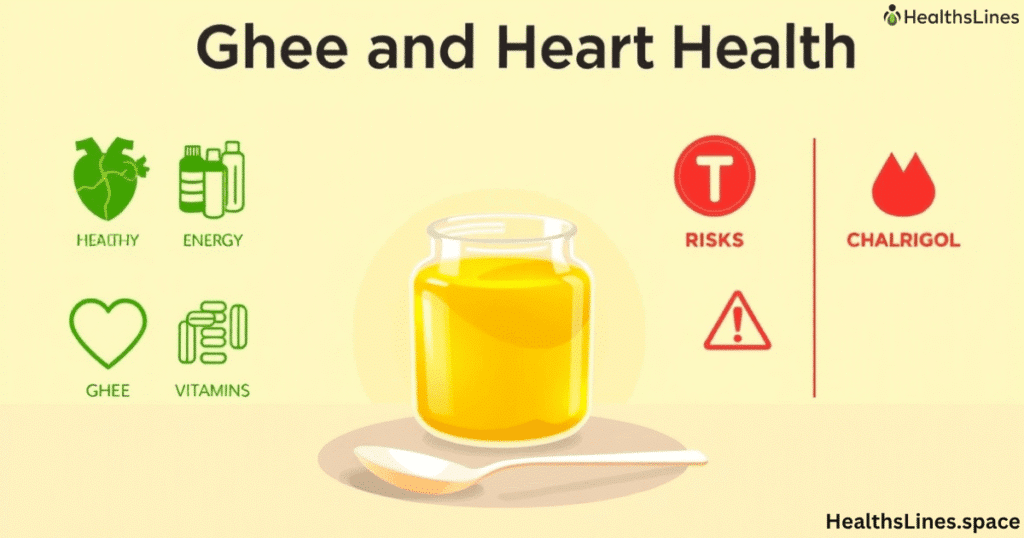Breast cancer is one of the most common cancers in women around the world. After surgery to remove the tumor, many women need more treatment. This extra treatment is called adjuvant therapy. It helps kill any remaining cancer cells that surgery did not remove. It also lowers the risk of the cancer coming back.
This article will explain adjuvant therapy in breast cancer in simple language. We will cover how it works, when it’s needed, the different types, and what to expect. You will also learn about side effects, case studies, and new research in this field. The goal is to give you a clear and deep understanding of post-surgery breast cancer therapy.
What Is Adjuvant Therapy in Breast Cancer?

Adjuvant therapy means extra treatment given after breast cancer surgery. Its goal is to kill any hidden cancer cells that may still be in the body. These cells can’t be seen in scans, but they could cause the cancer to come back later. So, this post-surgery breast cancer therapy helps stop breast cancer recurrence and improve long-term remission.
Doctors use adjuvant therapy in breast cancer to make sure the cancer does not return. They decide who needs it by looking at different things. These include the tumor grade, lymph node involvement, and the size of the tumor. They also check hormone receptor status, HER2 status, and other cancer markers. Some women may get genomic testing in cancer, like Ecotype DX or Mamma Print, to find out their recurrence score. This test shows how likely the cancer is to come back and helps guide the treatment plan.
The types of adjuvant therapy include chemotherapy after breast surgery, hormone therapy for breast cancer, targeted therapy in breast cancer, and radiation therapy for breast cancer. Sometimes, immunotherapy for breast cancer is also used. Every patient is different, so doctors offer personalized cancer treatment. They choose what works best for each case.
When and Why It’s Recommended
Doctors look at many factors to decide if someone needs adjuvant therapy. These include tumor size, lymph node involvement, tumor grade, and hormone receptor status. HER2 status and the type of breast cancer, like triple-negative breast cancer or estrogen receptor-positive, also help guide treatment.
Genomic testing in cancer is also used. Tests like Oncotype DX and MammaPrint give a Recurrence Score that shows the risk of cancer coming back. A high score means adjuvant therapy can help. A low score means it might not be needed. These tools make personalized cancer treatment possible.
Types of Adjuvant Therapies Used Today
There are several types of adjuvant therapy. The kind you need depends on the type of breast cancer, your age, and other health factors. Each type works differently to prevent breast cancer recurrence.
Chemotherapy After Breast Surgery
Chemotherapy uses strong drugs to kill fast-growing cancer cells. It is often used when the cancer is aggressive or has spread to the lymph nodes. Chemotherapy can last for a few months and is usually given in cycles. It can lower the risk of recurrence and improve breast cancer survival.
Common chemotherapy side effects include hair loss, fatigue, nausea, and nerve damage from chemo. Some women may also face long-term effects like heart problems. Your doctor will weigh the benefits and risks before recommending it.
Radiation Therapy for Breast Cancer
Radiation uses high-energy rays to kill cancer cells. It is often used after a lumpectomy to make sure all the cancer is gone.
Radiation fatigue and skin changes are common side effects. Radiation usually lasts for several weeks, with treatments given five days a week. It is an important part of many breast cancer treatment plans.
Hormone Therapy for Breast Cancer
If your cancer is estrogen receptor-positive, hormone therapy can help. It blocks the effects of estrogen, which fuels some breast cancers. Drugs like Tamoxifen and aromatase inhibitors are often used.
Hormone therapy may last for 5 to 10 years. It is usually taken as a daily pill. Side effects can include hot flashes from hormone therapy, mood changes, and bone thinning. Despite this, it is very effective in lowering the risk of recurrence.
Targeted Therapy in Breast Cancer
Some breast cancers are HER2-positive, meaning they have too much of a protein called HER2. These cancers grow faster but respond well to targeted therapy. Drugs like Trastuzumab (Herceptin) target HER2 and block its activity.
This type of therapy is often combined with chemotherapy. It helps reduce the risk of the cancer returning and improves long-term outcomes. However, it can have side effects like heart risk from cancer drugs.
Immunotherapy for Breast Cancer
Immunotherapy helps the body’s immune system fight cancer. It is mostly used for triple-negative breast cancer, which is harder to treat. While still under study, it shows promise in some cases.
Immunotherapy can have fewer side effects than chemotherapy, but it also depends on the drug used. Some people may experience immune-related side effects, which need to be managed by a doctor.
Who Is Eligible for Adjuvant Treatment?
Not everyone with breast cancer needs adjuvant therapy. Doctors decide who is eligible by studying many details about the cancer. These include tumor size, tumor grade, lymph node involvement, and whether the cancer has spread. They also check your hormone receptor status and HER2 status to better understand the cancer’s behavior.
If you have estrogen receptor-positive or HER2-positive breast cancer, you may benefit from hormone therapy or targeted therapy in breast cancer. If the cancer is triple-negative, doctors may suggest chemotherapy after breast surgery. Sometimes, they use genomic testing in cancer, like Ecotype DX, to check your recurrence score. This helps predict if your cancer is likely to return.
Age, overall health, and family history also matter. Doctors want to give the right treatment to the right patient. This is called personalized cancer treatment. If your risk of the cancer coming back is high, you’re more likely to be offered adjuvant therapy in breast cancer to stay cancer-free after treatment.
Benefits and Goals of Adjuvant Therapy
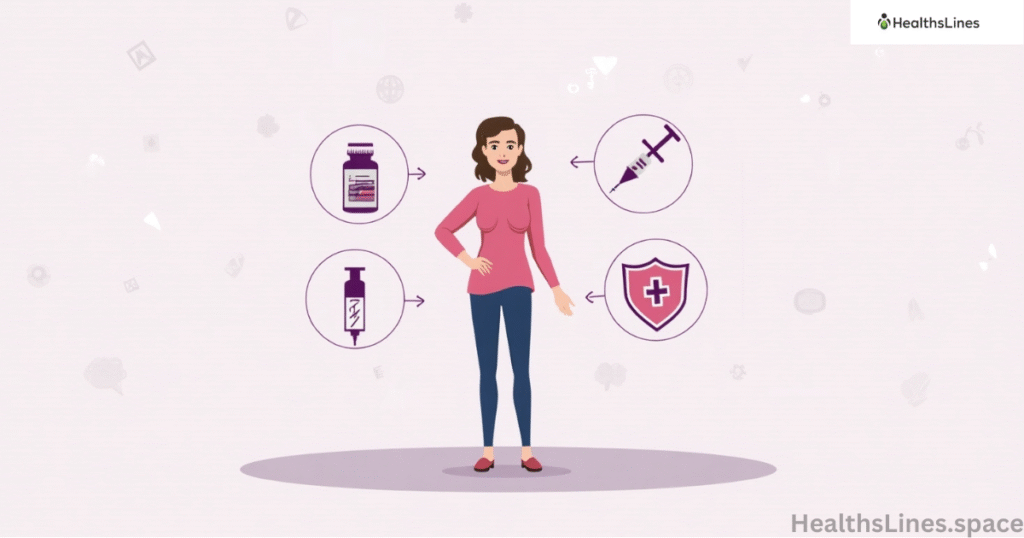
The main goal of adjuvant therapy is to lower the risk of cancer recurrence. Even after surgery removes the tumor, some cancer cells might still remain. Adjuvant therapy in breast cancer helps destroy these hidden cells. This reduces the chance of the cancer coming back in the future.
Another goal is to improve breast cancer survival. With the right treatment plan, many people live longer and enjoy a better quality of life. These therapies also offer a chance for long-term remission, especially when cancer is found early and treated quickly. Treatments like chemotherapy after breast surgery, hormone therapy, and radiation therapy for breast cancer can be life-saving.
Doctors use personalized cancer treatment to decide the best approach. They look at your cancer type, test results, and health history. The benefits of adjuvant therapy are real and often mean staying cancer-free after treatment for years.
Potential Risks and Side Effects
Every breast cancer treatment has side effects. These can be mild or serious, depending on the therapy type and your body. Below is a table showing common side effects of different adjuvant therapies:
| Type of Therapy | Common Side Effects | Duration |
| Chemotherapy | Nausea, fatigue, hair loss, nerve pain | Short-term (months) |
| Hormone Therapy | Hot flashes, joint pain, bone loss | Long-term (5-10 yrs) |
| Radiation Therapy | Fatigue, skin irritation | Few weeks |
| Targeted Therapy (Herceptin) | Heart issues, fever, weakness | Varies |
Doctors manage these side effects with medications and regular check-ups. While the risks are real, the benefits of adjuvant therapy often outweigh them, especially in high-risk patients.
Real-World Case Studies and Success Rates
Case Study 1: Maria, age 42, was diagnosed with HER2-positive breast cancer. After surgery, she received chemotherapy and Trastuzumab for one year. Her scans have been clear for five years, showing the value of targeted therapy in breast cancer.
Case Study 2: Susan, 60, had a small, estrogen receptor-positive tumor. Her Ecotype DX test showed a low Recurrence Score, so she did not need chemotherapy. She takes Tamoxifen and feels well with only mild side effects.
These examples show how personalized cancer treatment improves outcomes and reduces unnecessary side effects.
Common Questions About Adjuvant Therapy
People often wonder about the difference between adjuvant and neoadjuvant therapy. Neoadjuvant is given before surgery, while adjuvant is given after. Another question is whether adjuvant therapy is always needed. The answer depends on the cancer type and your risk.
Some worry about the effects of therapy on daily life. For example, hot flashes from hormone therapy can affect sleep. Radiation fatigue can make you work hard during treatment. Your doctor will help you manage these challenges.
Latest Research and Innovations
New tools like liquid biopsy and molecular testing are changing how doctors plan treatment. These tools detect cancer cells in blood and help track cancer early. They also guide therapy decisions.
Therapy de-escalation is a new trend. It means giving less treatment if the tests show a low risk. This avoids side effects and still keeps patients cancer-free. Studies are also looking at new drugs for immunotherapy for breast cancer.
Final Thoughts on Moving Forward
Adjuvant therapy in breast cancer has changed how we treat cancer. It helps many people stay cancer-free after treatment. Whether it is chemotherapy after breast surgery, radiation therapy, hormone therapy, or newer treatments, the goal is the same: to stop cancer from coming back.
Talk to your doctor about your hormone receptor status, HER2 status, and other test results. Use tools like Ecotype DX to understand your risk. With the right plan, many people live long, healthy lives after breast cancer.
Adjuvant therapy is not one-size-fits-all. But when used wisely, it is one of the most effective breast cancer therapies available today.
